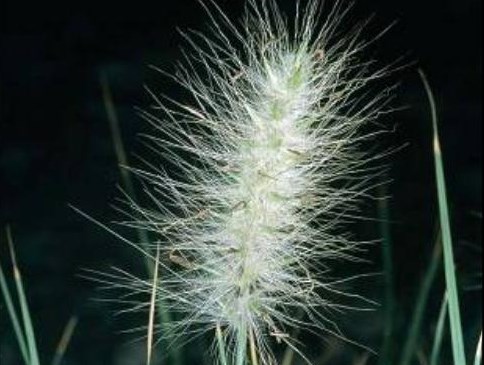Created on: Wednesday, Apr 13th, 2016
Websites consulted for this screen included:
Tropicos: http://www.tropicos.org/Name/25514699;
GBIF: http://www.gbif.org/species/2706154;
Weeds of Australia: http://keyserver.lucidcentral.org/weeds/data/media/Html/cenchrus_longise...
Eurobodalla Shire Council: http://www.esc.nsw.gov.au/living-in/about/our-natural-environment/introd...
CalFlora: http://www.calflora.org/cgi-bin/species_query.cgi?where-taxon=Pennisetum...
Jepson: http://herbaria4.herb.berkeley.edu/eflora_display.php?tid=36829;
ICE UC Davis (congeners): http://ice.ucdavis.edu/invasives/home/species?order=field_common_name_va...
CABI: http://www.cabi.org/isc/datasheet/116203;
Eurobodalla Council Shire: http://www.esc.nsw.gov.au/living-in/about/our-natural-environment/introd...
Australian Weeds: http://www.weeds.org.au/cgi-bin/weedident.cgi?tpl=plant.tpl&state=&s=&ib...
Outside Pride: http://www.outsidepride.com/seed/ornamental-grass/pennisetum/feathertop-...
UC WRIC (congener): http://wric.ucdavis.edu/information/natural%20areas/wr_P/Pennisetum_seta...
PIER: http://www.hear.org/pier/wra/pacific/pennisetum_villosum_htmlwra.htm;
PIER WRA: http://www.hear.org/pier/wra/pacific/pennisetum_villosum_htmlwra.htm;
CDFA: https://www.cdfa.ca.gov/plant/ipc/encycloweedia/weedinfo/pennisetum.htm;
SAN DIEGO COUNTY INVASIVE ORNAMENTAL PLANT GUIDE: http://www.asla-sandiego.org/aslasdwp/wp-content/uploads/2014/10/Most_In...
PlantPono: http://plantpono.org/inv-plant.php?id=4;
Victoria Invasive Plants WRA: http://vro.agriculture.vic.gov.au/dpi/vro/vrosite.nsf/pages/impact_feath...
- < 13 : accept (low risk of invasiveness)
- 13 - 15 : evaluate further
- > 15 : reject (high risk of invasiveness)

